7 books you need on your shelf
Date: December 12, 2016
The Ashurbanipal Library at AUAF is home to the largest collection of Assyrian texts in the world. You’ll find everything from old publications and newspapers to novels and dictionaries lining our aisles. Anything by Assyrians or about Assyrians—you’ll find at our library. Here are some of our favorite picks we feel should be on the shelves of every Assyrian household:
 English-Assyrian/Assyrian-English Dictionary: The Dawn of Civilization
English-Assyrian/Assyrian-English Dictionary: The Dawn of Civilization
Simo Parpola
Writing is Humankind’s most far-reaching creation. No other invention has had a longer and greater impact. The history of writing and the history of mankind are synonymous. Everything that happened prior to the invention of writing we label prehistory. Parpola’s unique dictionary covers 13,000 Assyrian entries and 17,000 English entries. It includes words attested in ancient Assyrian texts, plus Assyrian equivalents for all concepts found in a modern dictionary.
 The Assyrian Heritage: Threads of Continuity and Influence
The Assyrian Heritage: Threads of Continuity and Influence
Sargon G. Donabed, Onver A. Cetrez, Aryo Makko
The Assyrian Heritage: Threads of Continuity and Influence is a collection of essays discussing Assyrian culture and identity from language, ritual, symbol, and identity perspectives from the ancient world to the modern day. The theoretical interpretations and methodological approaches covered in the book aim to narrate the past, presence and future of the cultural and linguistic heritage of the Assyrian people. Available on Amazon.
 The Flickering Light of Asia
The Flickering Light of Asia
Joel E. Werda
The Flickering Light of Asia (or the Assyrian Nation and Church) was written by the Rev. Joel E. Warda and published by him in 1924. The book is divided into two parts: (1) The Assyrian Nation and the Great World War and (2) Christianity and the Assyrian Nation. This book was written to enlighten English speaking audiences about the history and plight of the Assyrians and to further their claims for a homeland during the peace conferences following WWI. Available on Lulu. Read the full text online on AINA.
 Assyrians: From Bedr Khan to Saddam Hussein
Assyrians: From Bedr Khan to Saddam Hussein
Frederick A. Aprim
“The greatest catastrophe to visit the Assyrians in the modern period was the genocide committed against them, as Christians, during the Great War. From the Assyrian renaissance experienced when, miraculously, they became the objects of Western Christian missionary educational and medical efforts, the Assyrians fell into near oblivion. Shunned by the Allies at the treaties that ended WWI and after, Assyrians drifted into Diaspora, destructive denominationalism, and fierce assimilation tendencies as exercised by chauvinistic Arab, Persian and Turkish state entities. Today they face the growing clout of their old enemies and neighbors, the Kurds, another Muslim ethnic group that threatens to control power, demand assimilation, and offer to engulf Assyrians as the price for continuing to live in the ancient Assyrian homeland. As half of the world s last Aramaic speaking population has arrived in unwanted Diaspora, some voices are making an impact, including that of Frederick Aprim.” Available on Amazon.
 Genocide in the Middle East: The Ottoman Empire, Iraq, and Sudan
Genocide in the Middle East: The Ottoman Empire, Iraq, and Sudan
Hannibal Travis
Genocide in the Middle East describes the genocide of the Armenians, Greeks, and Assyrians of the Ottoman Empire in the nineteenth and early twentieth centuries. It situates these crimes in their historical context, as outgrowths of intolerant religious traditions, imperialism and the rise of the nation-state, Cold War insurgencies and counterinsurgencies, and the global competition for resources and markets at the expense of indigenous peoples. This requires a more thorough investigation of the case law on genocide than has been attempted in the literature on genocide to date, including detailed accounts of the prosecutions of the leaders of the Ottoman Empire after World War I, of Saddam Hussein and other Iraqi officials after Operation Iraqi Freedom, and of President Omar Hassan al-Bashir and other leaders of Sudan by the International Criminal Court. Finally, the book explores emerging problems of genocidal terrorism, cultural genocide, and structural genocide due to starvation, disease, and displacement. Available on Amazon.
 Reforging a Forgotten History: Iraq and the Assyrians in the Twentieth Century
Reforging a Forgotten History: Iraq and the Assyrians in the Twentieth Century
Sargon G. Donabed
Were they simply bystanders, victims of collateral damage who played a passive role in its history? Furthermore, how have they negotiated their position throughout various periods of Iraq’s state-building processes? This book details a narrative of Iraq in the twentieth century and refashions the Assyrian experience as an integral part of Iraq’s broader contemporary historiography. It is the first comprehensive account to contextualize a native experience alongside the emerging state. Using primary and secondary data, this book offers a nuanced exploration of the dynamics that have affected and determined the trajectory of the Assyrians’ experience in twentieth-century Iraq. Available on Amazon only.
 A Collection of Writings on Assyrians
A Collection of Writings on Assyrians
David B. Perley
This book collects the writings of the prominent author, the late David Barsum Perley (1901–1979), who devoted his life to the Assyrian cause. He continuously supported and fought for the rights of the Assyrians. Through his numerous writings, he gave a voice to the situation of Assyrians in their countries of origin in the Middle East. He also vehemently supported the historical Assyrian name, the Assyrian identity and the history of the Assyrians. Available on Lulu only.
All books are available for purchase at The Ashurbanipal Library unless otherwise noted.

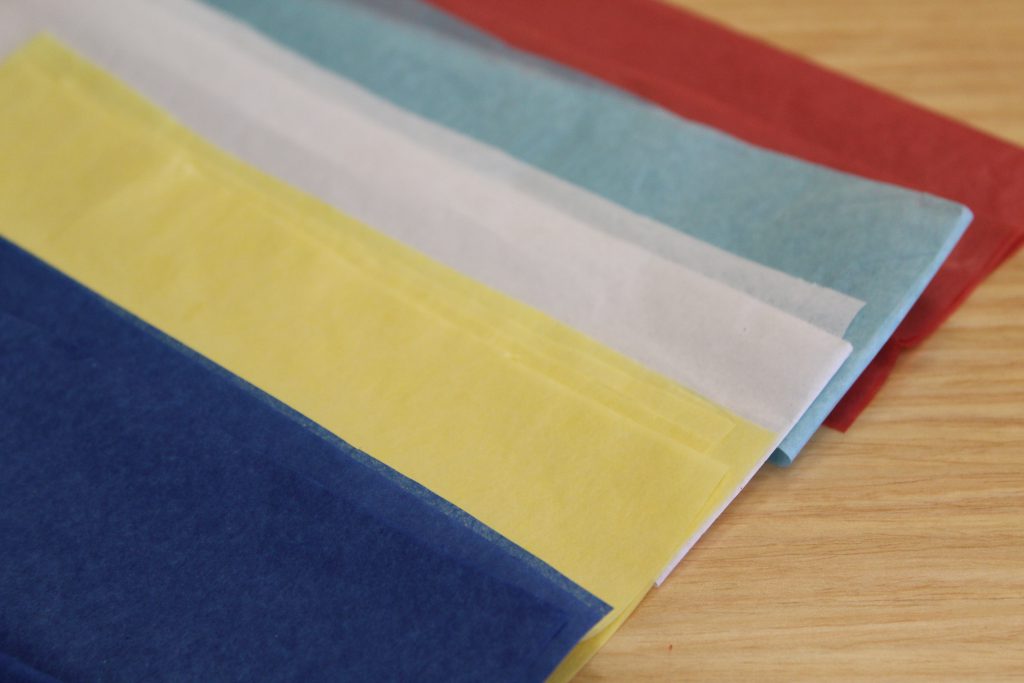
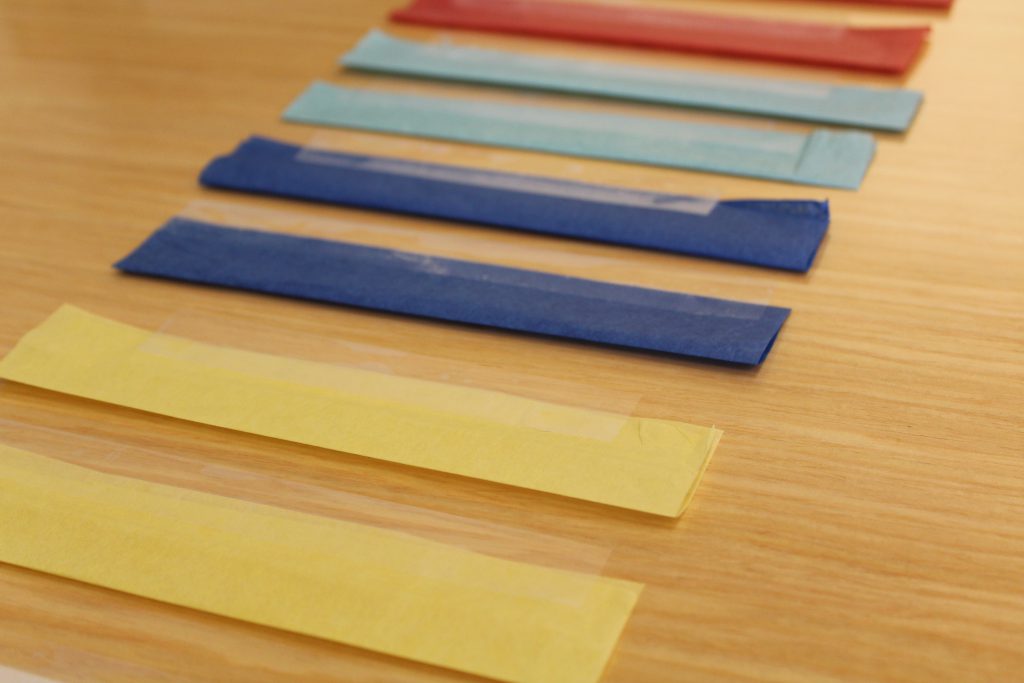
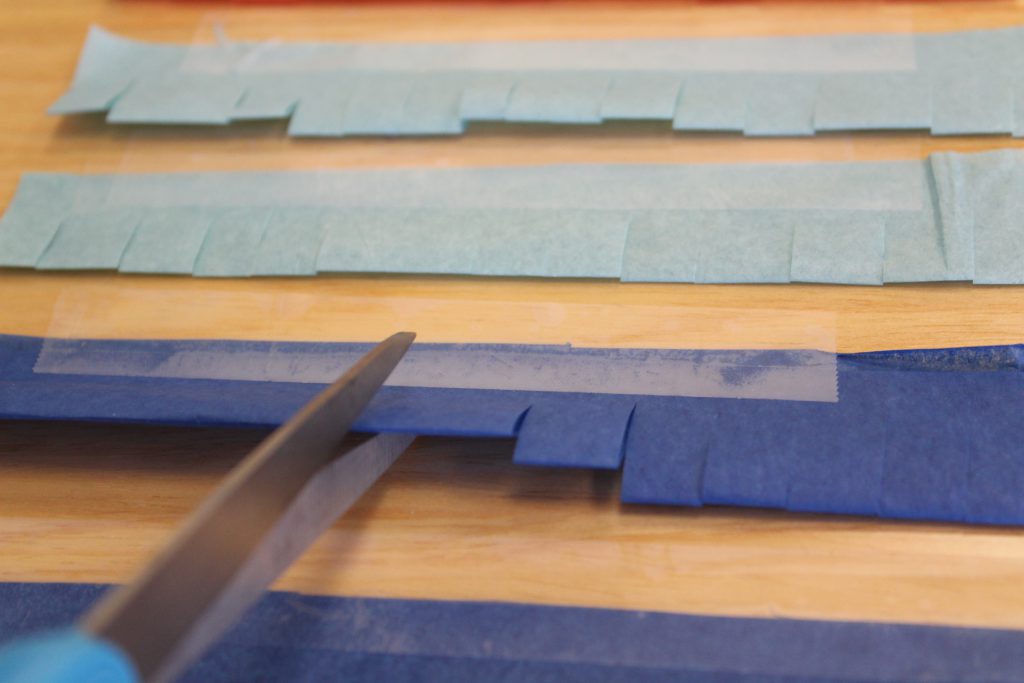
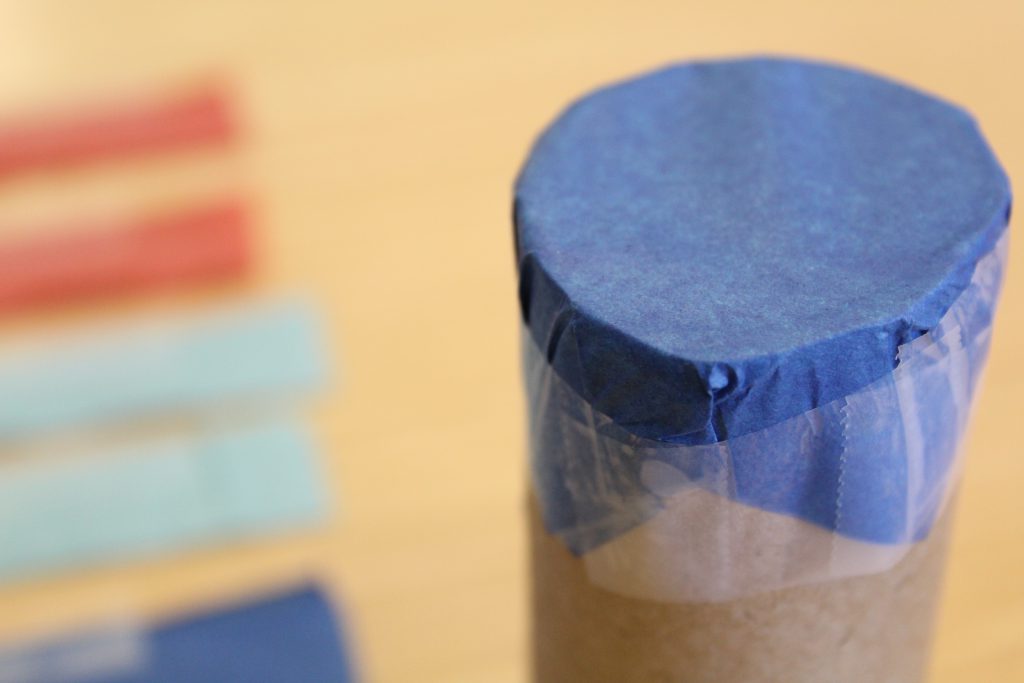
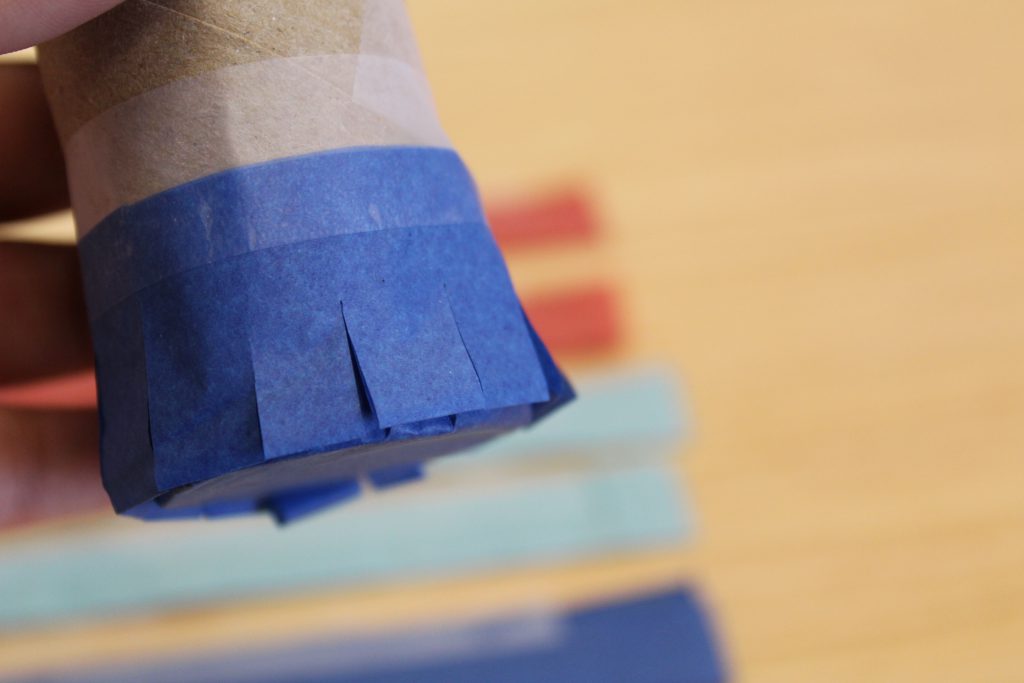
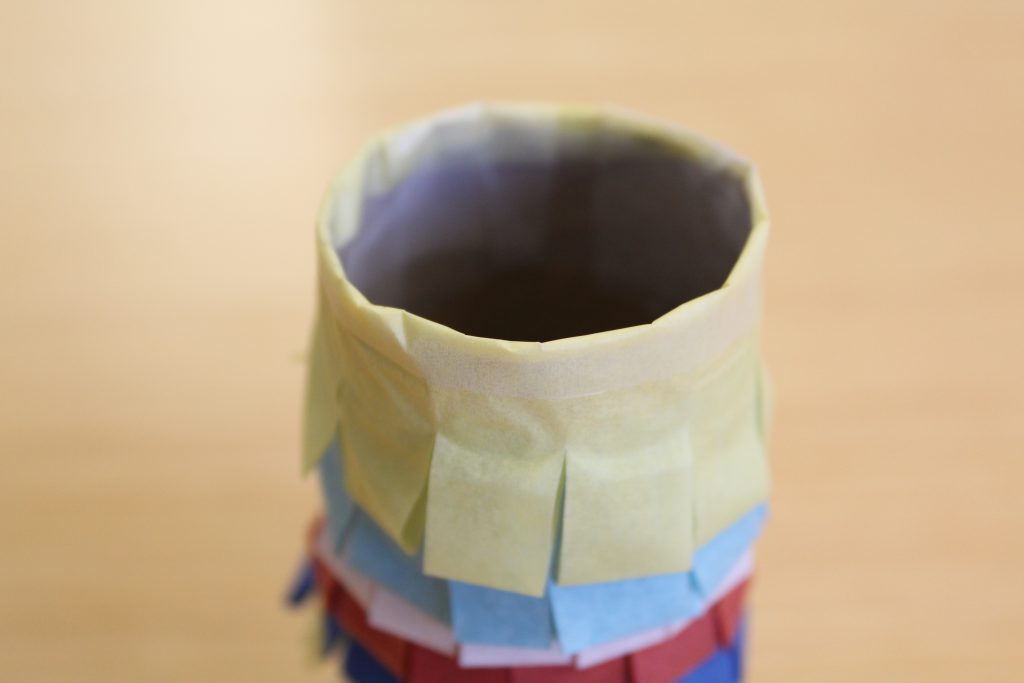
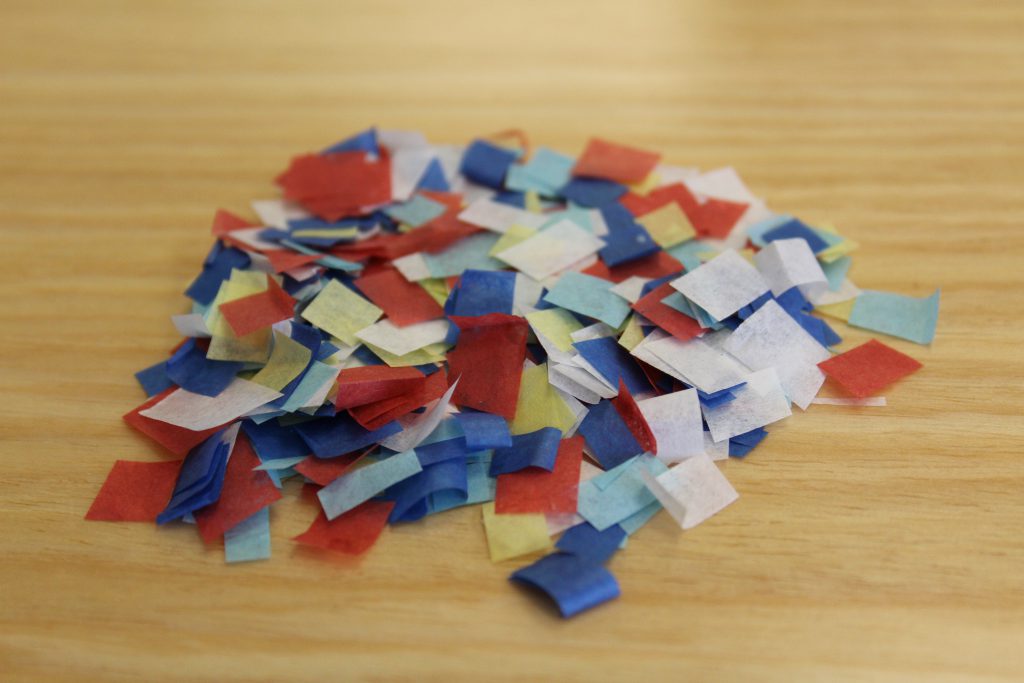

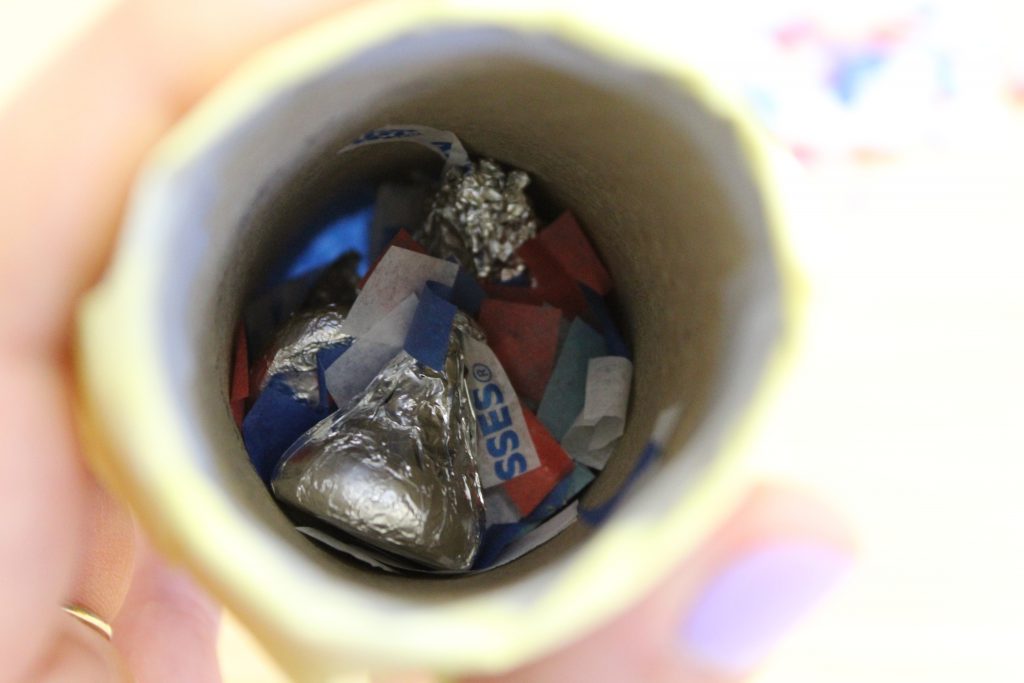
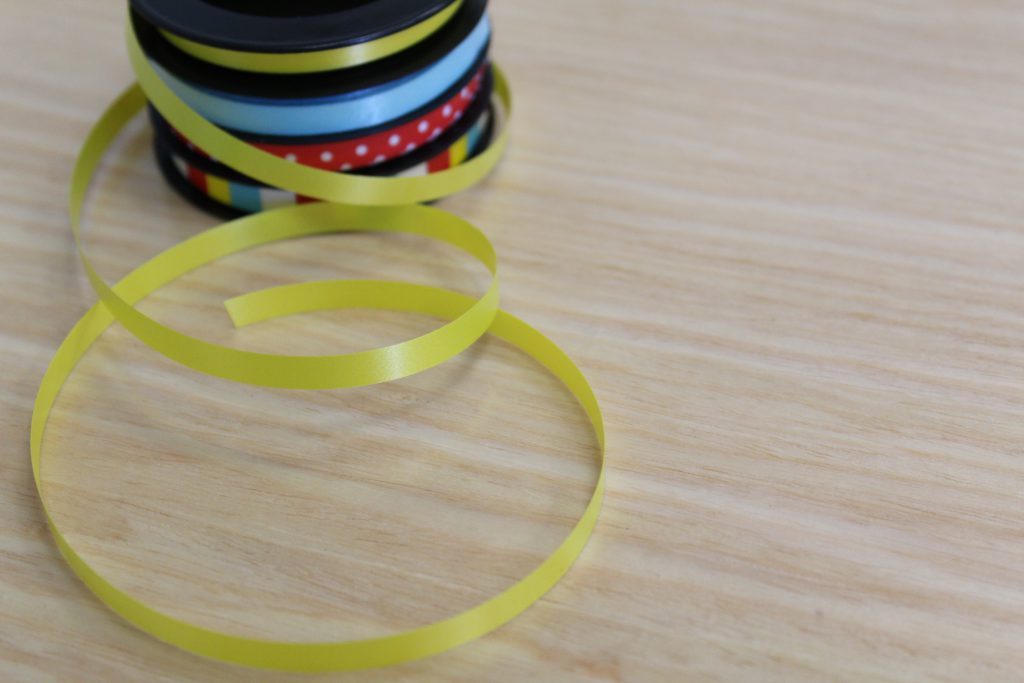
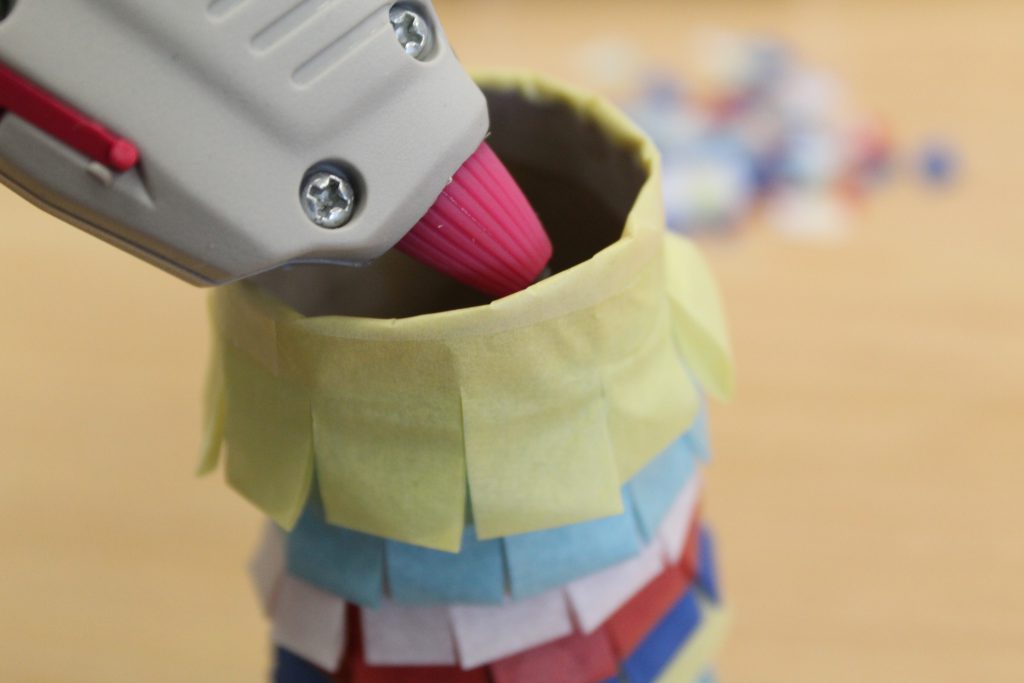

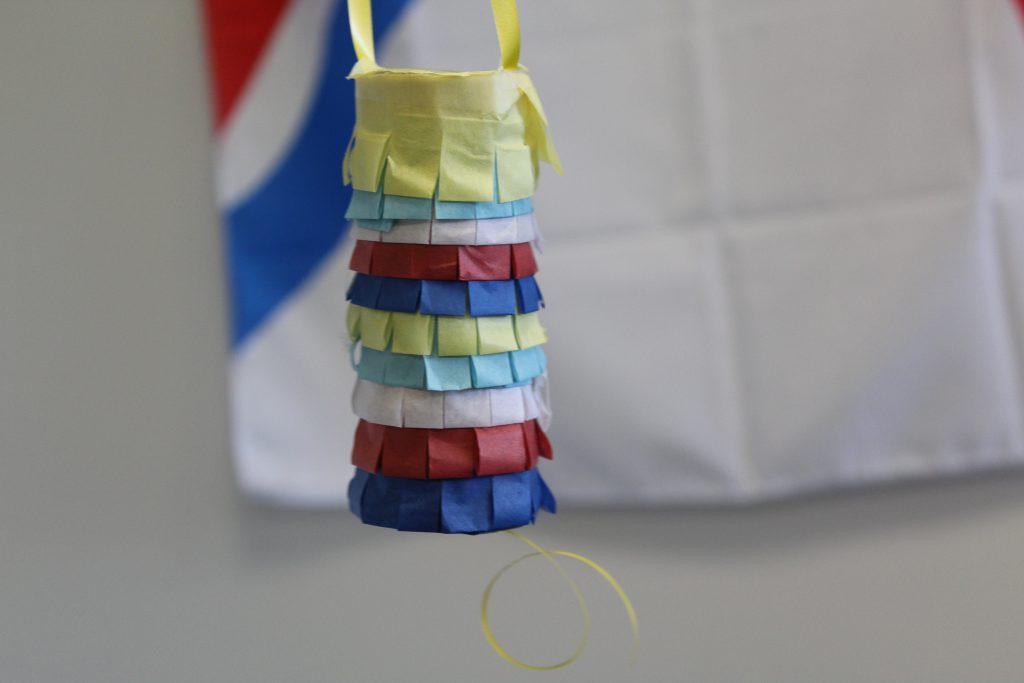
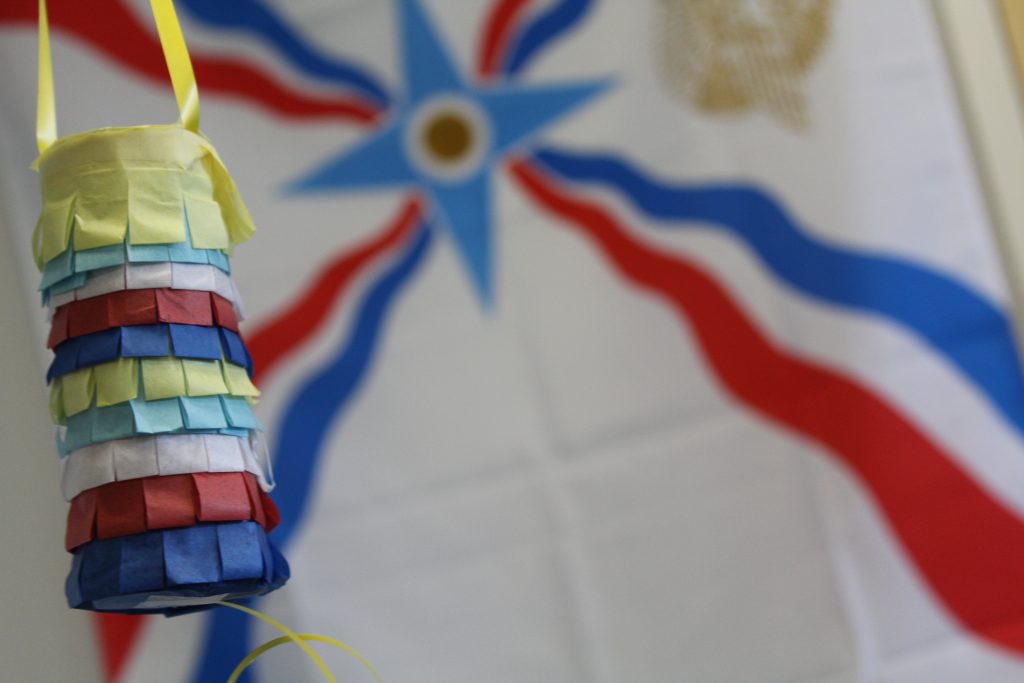
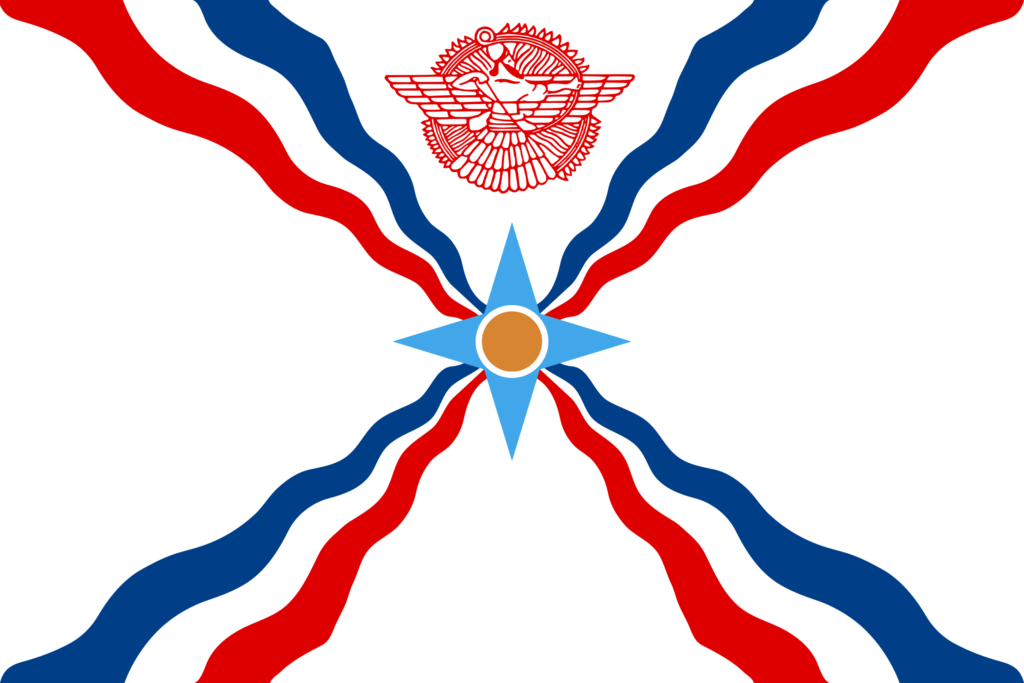
 At one point, this was the official Assyrian flag, adopted prior to World War I. Created by the Syriac Orthodox community of Tur Abdin, the flag had three horizontal stripes in salmon, white, and red. On the salmon layer, there were three white stars positioned in the top left corner. These stars represented the three main churches of the Assyrian people: Church of the East, Chaldean Catholic Church, and Syriac Orthodox Church. The flag was used during delegation meetings between Assyrian politicians and Western leaders. This flag was abandoned in favor of Bit Atanus’s design.
At one point, this was the official Assyrian flag, adopted prior to World War I. Created by the Syriac Orthodox community of Tur Abdin, the flag had three horizontal stripes in salmon, white, and red. On the salmon layer, there were three white stars positioned in the top left corner. These stars represented the three main churches of the Assyrian people: Church of the East, Chaldean Catholic Church, and Syriac Orthodox Church. The flag was used during delegation meetings between Assyrian politicians and Western leaders. This flag was abandoned in favor of Bit Atanus’s design.
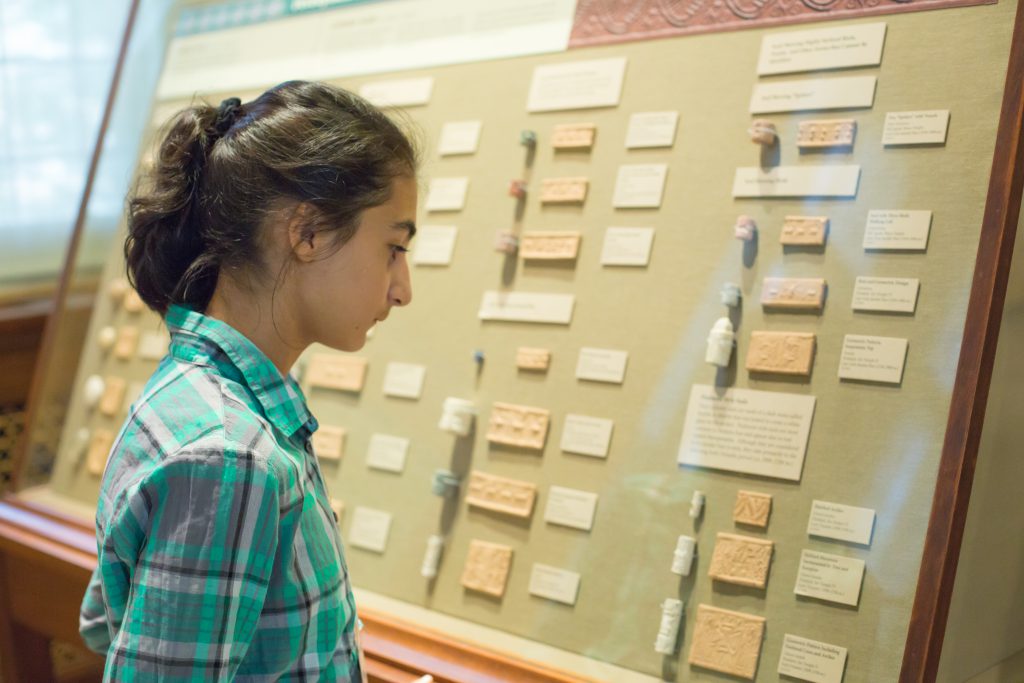
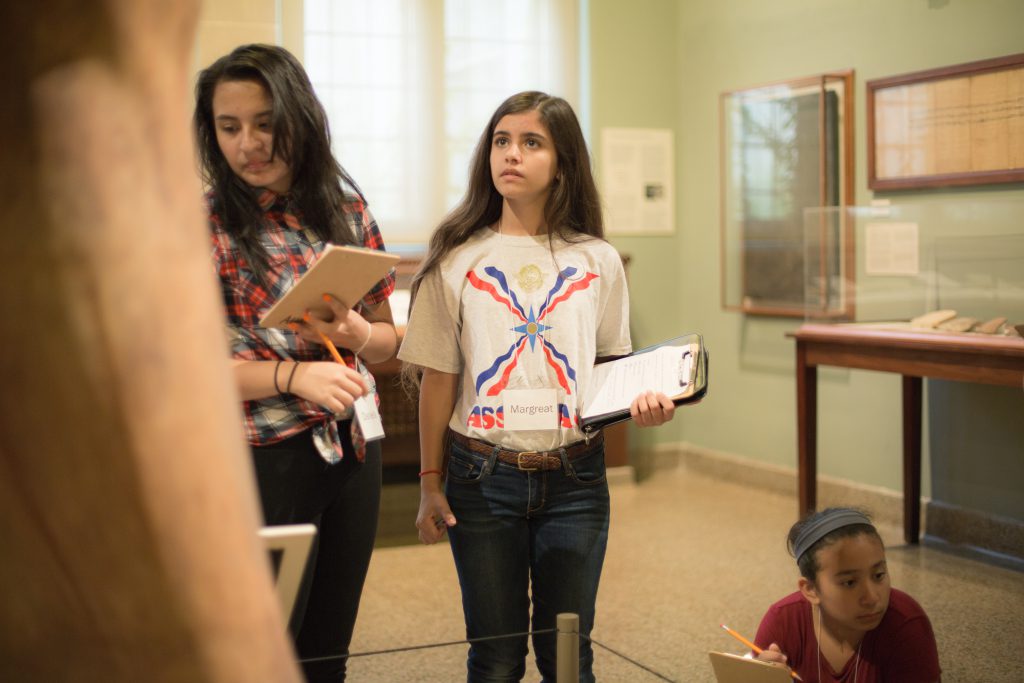

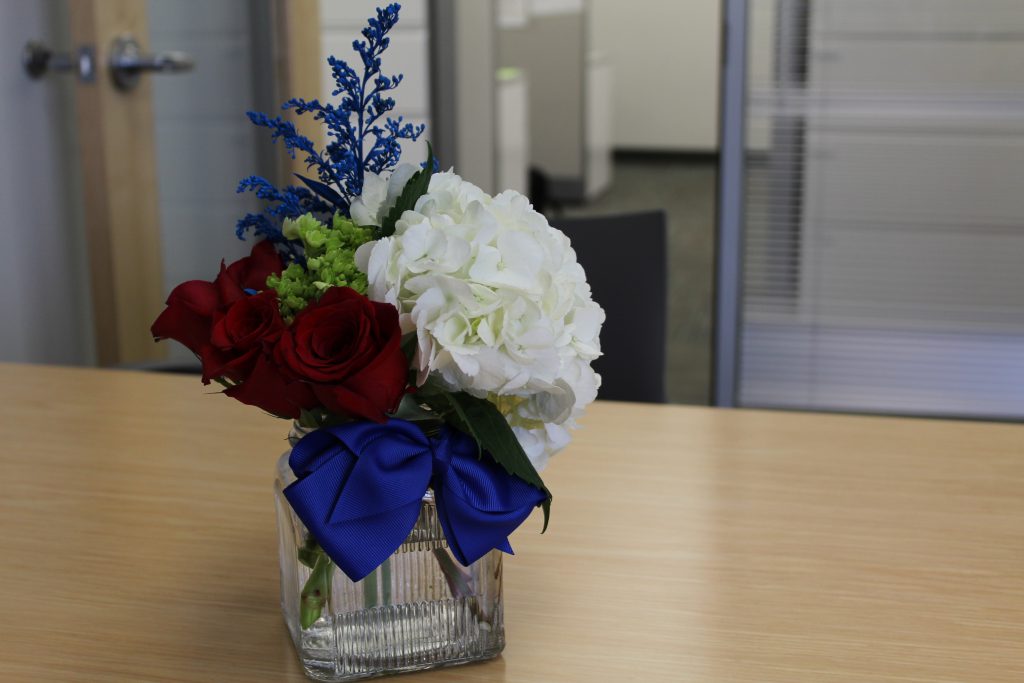
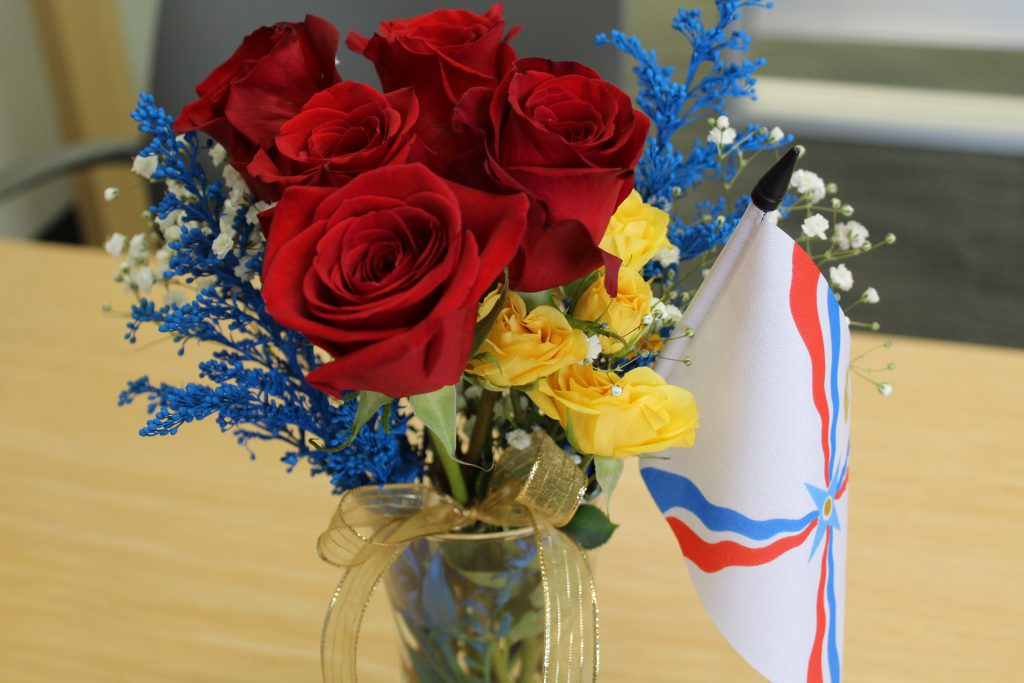
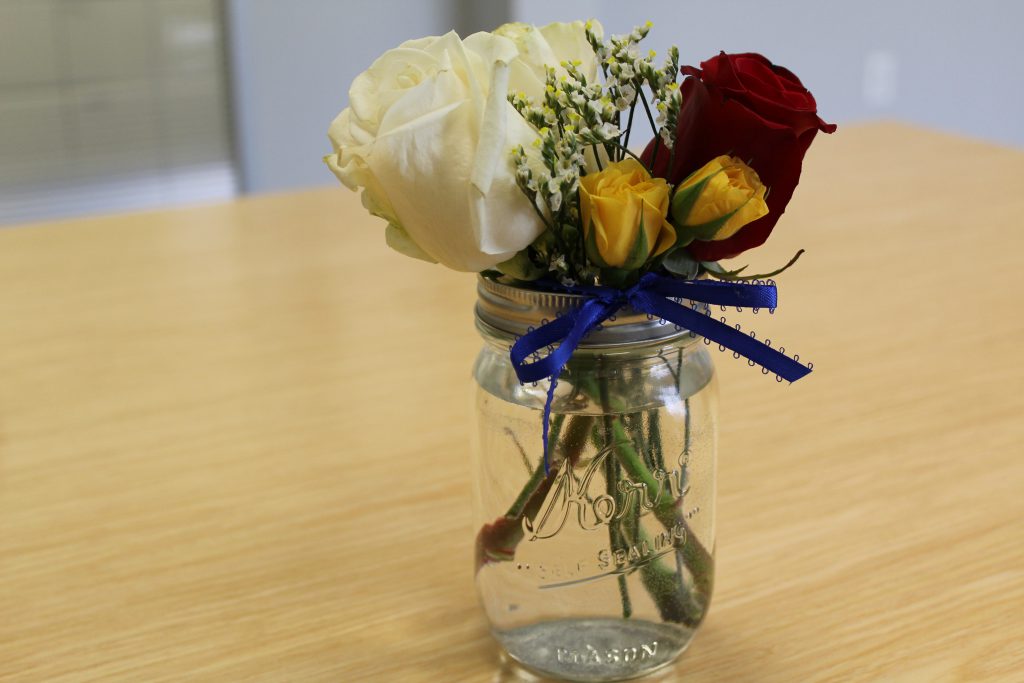
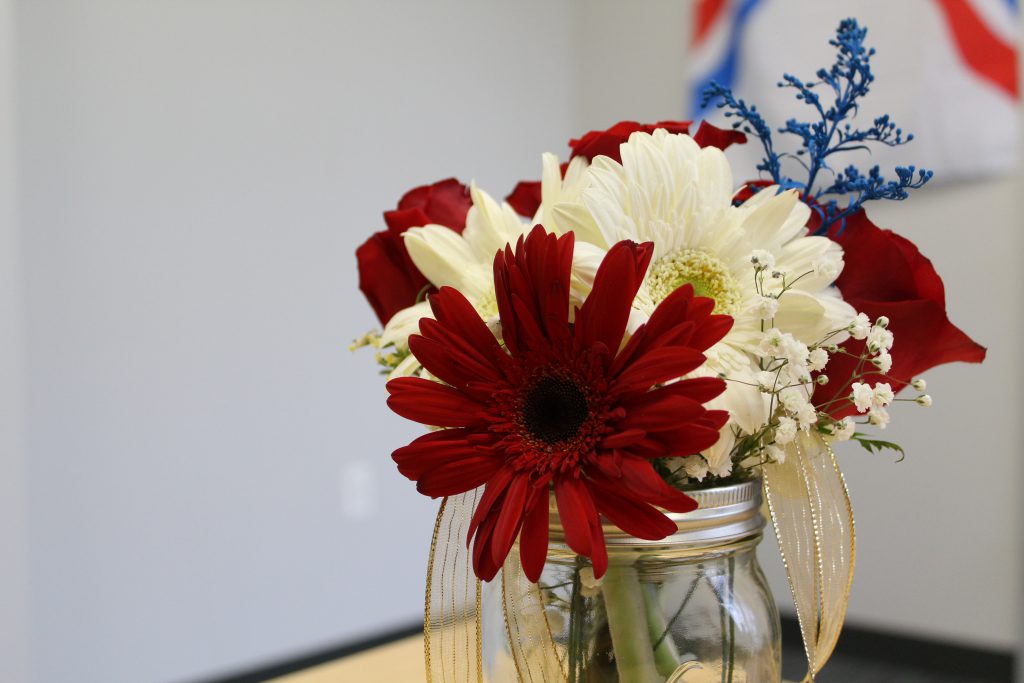
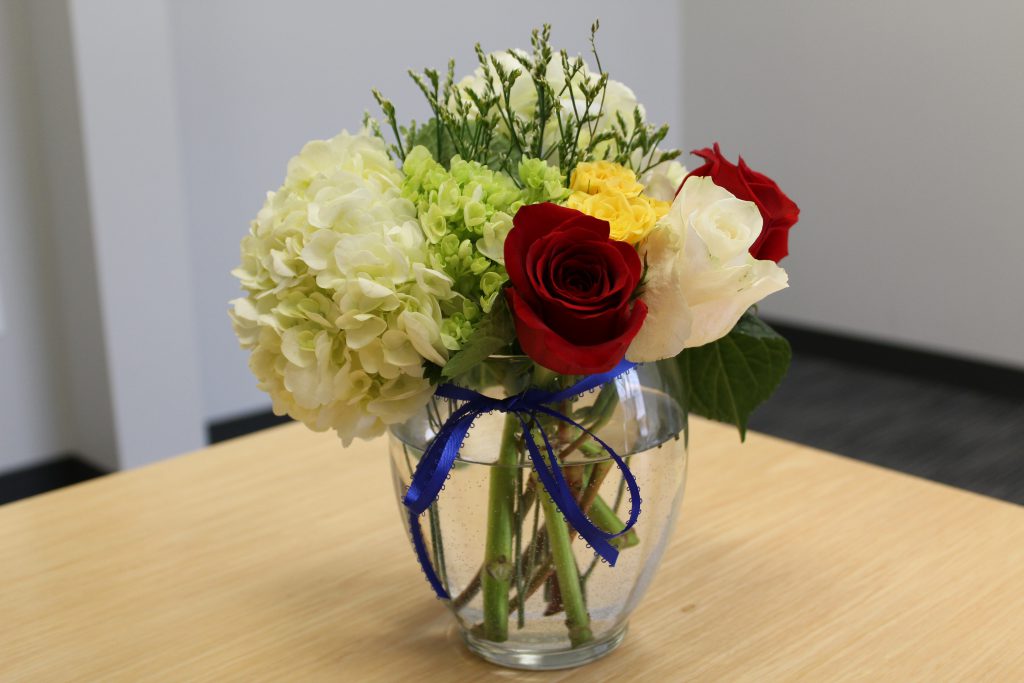
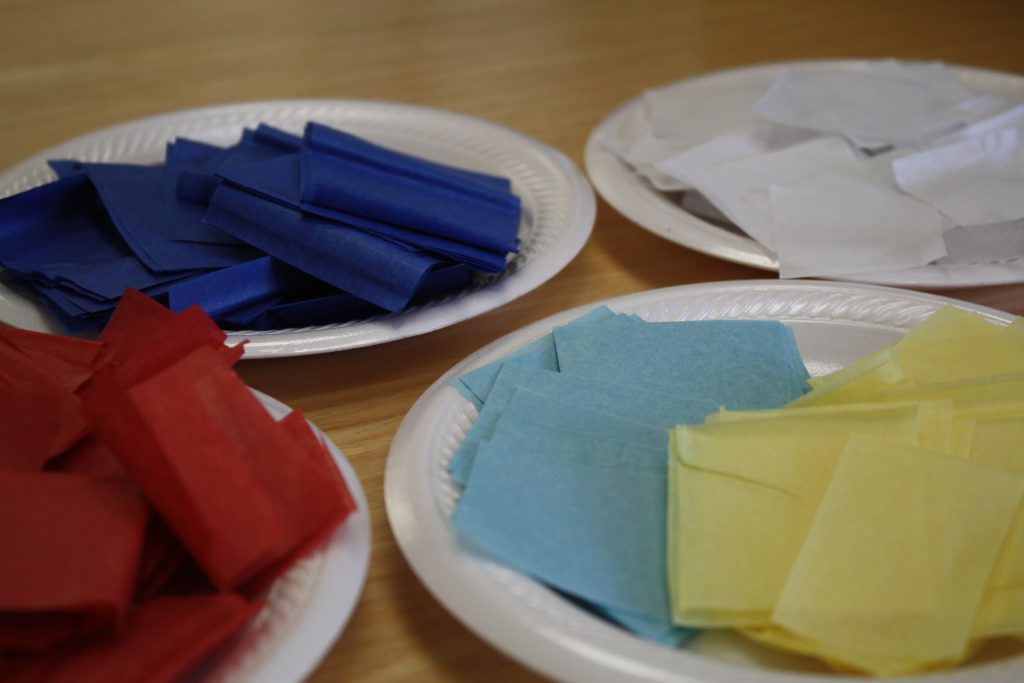
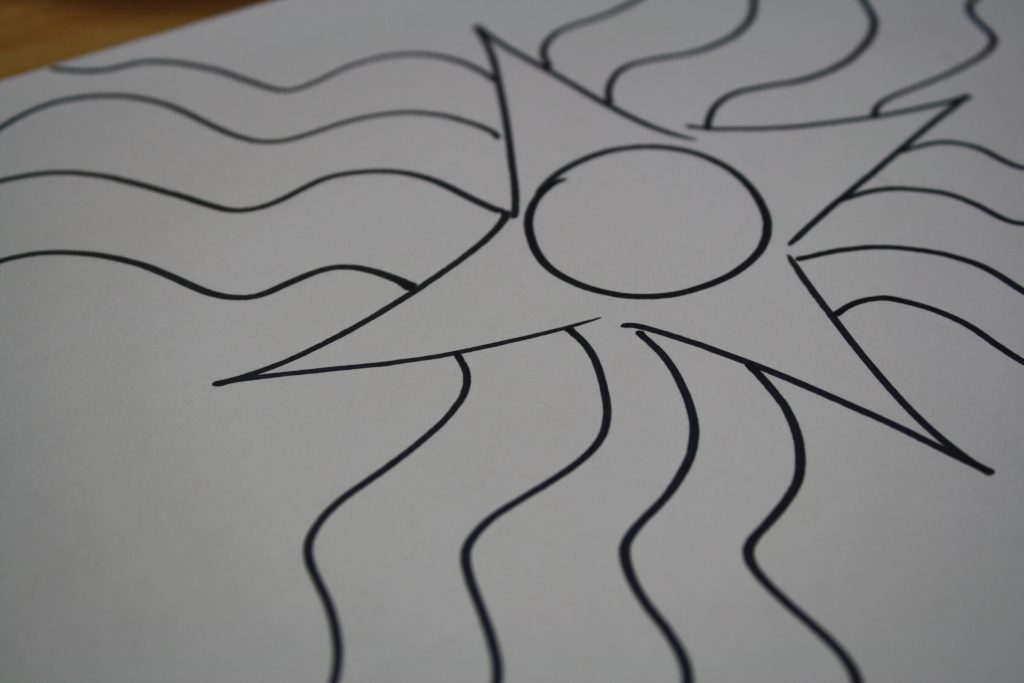
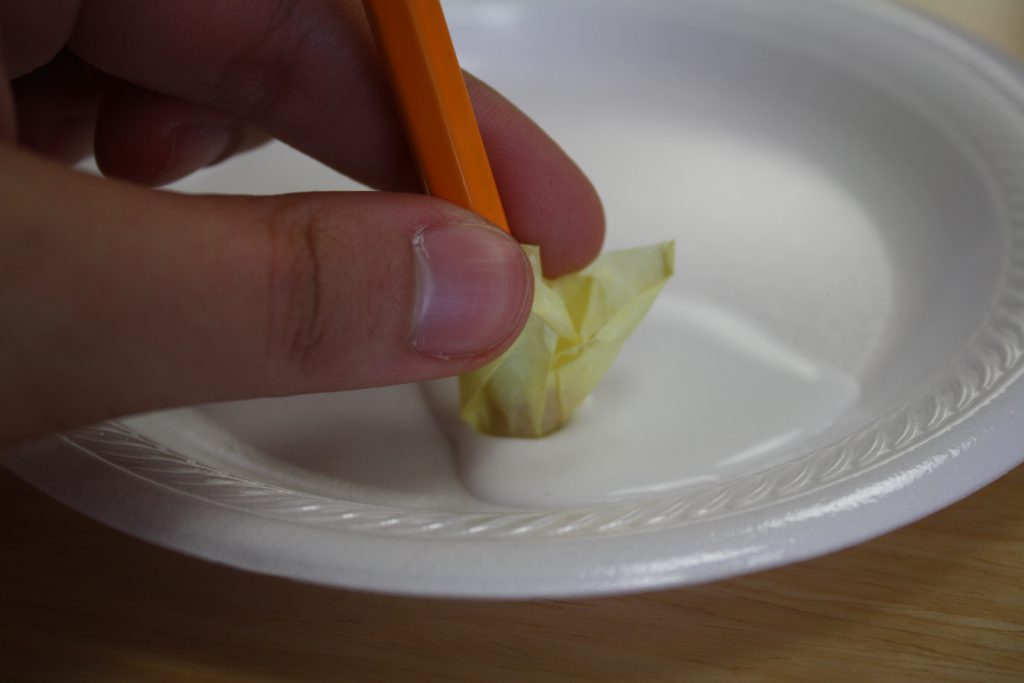
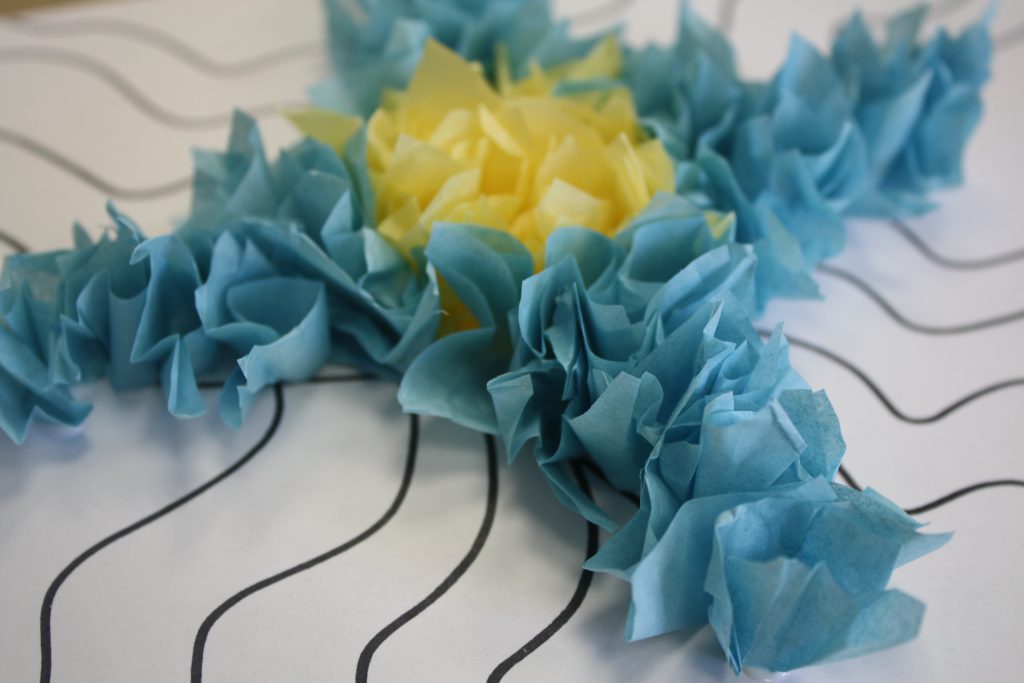

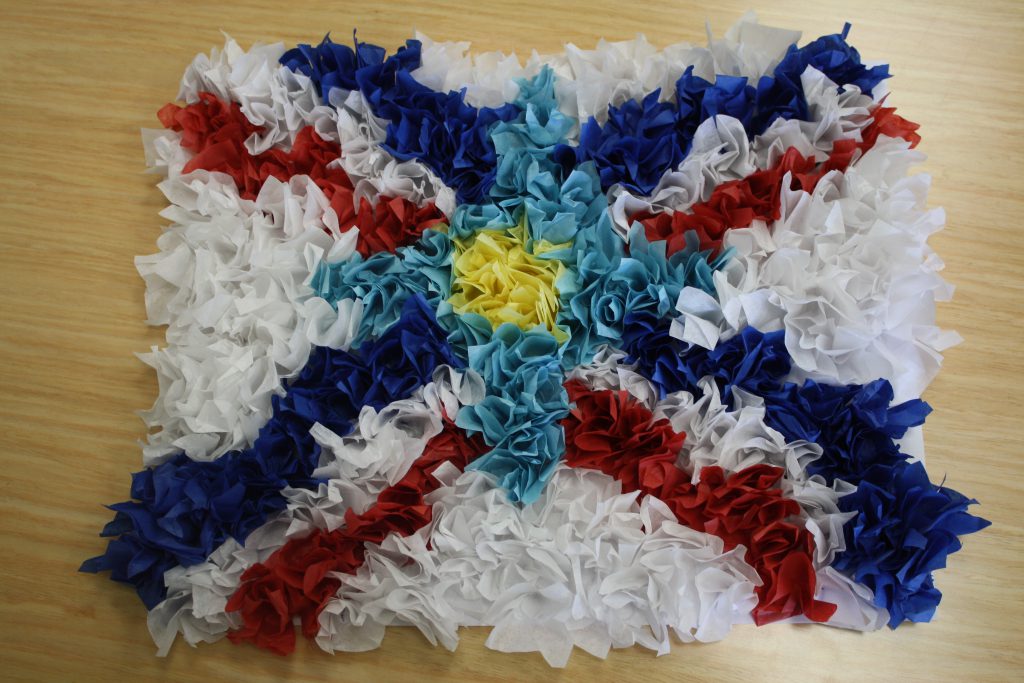

 English-Assyrian/Assyrian-English Dictionary: The Dawn of Civilization
English-Assyrian/Assyrian-English Dictionary: The Dawn of Civilization The Assyrian Heritage: Threads of Continuity and Influence
The Assyrian Heritage: Threads of Continuity and Influence The Flickering Light of Asia
The Flickering Light of Asia Assyrians: From Bedr Khan to Saddam Hussein
Assyrians: From Bedr Khan to Saddam Hussein Genocide in the Middle East: The Ottoman Empire, Iraq, and Sudan
Genocide in the Middle East: The Ottoman Empire, Iraq, and Sudan Reforging a Forgotten History: Iraq and the Assyrians in the Twentieth Century
Reforging a Forgotten History: Iraq and the Assyrians in the Twentieth Century  A Collection of Writings on Assyrians
A Collection of Writings on Assyrians









